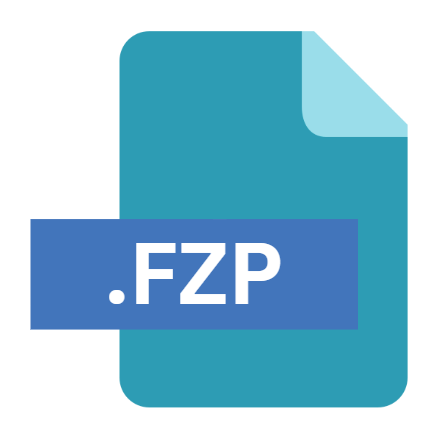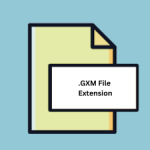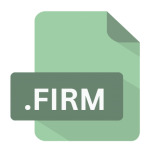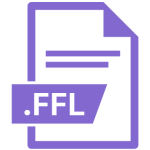.FZP File Extension

What is an FZP file?
.FZP files are associated with Fritzing, an open-source software aimed at facilitating the creation of electronic prototypes. These files primarily serve as XML-based descriptions of electronic components or parts used within the Fritzing environment.
From resistors and capacitors to microcontrollers and sensors, Fritzing allows users to design and document their electronic projects using a simple and intuitive interface, with .FZP files act as the backbone of component descriptions.
More Information.
Introduced in the mid-2000s, Fritzing quickly gained popularity within the maker community for its accessibility and simplicity.
The .FZP file extension was conceived as a means to define the characteristics, behaviors, and appearances of electronic components within the Fritzing ecosystem.
These files store vital information such as pin configurations, metadata, graphics, and connections, enabling users to seamlessly integrate custom or third-party components into their designs.
Origin Of This File.
The genesis of the .FZP file extension traces back to the inception of Fritzing itself. Fritzing was developed by a group of researchers at the Interaction Design Lab at the University of Applied Sciences Potsdam in Germany.
The project aimed to bridge the gap between electronics enthusiasts, educators, and professionals by providing a user-friendly platform for designing and sharing electronic schematics.
File Structure Technical Specification.
.FZP files adhere to the Extensible Markup Language (XML) format, a standard for encoding documents and data structures.
This structured format allows for easy parsing and manipulation of component descriptions within Fritzing. The contents of an .FZP file typically include:
- Metadata: Information about the component, such as its name, description, author, and version.
- Graphics: Visual representations of the component, including images for various views (e.g., breadboard, schematic, and PCB).
- Properties: Parameters defining the behavior and characteristics of the component, such as pin mappings, dimensions, and electrical properties.
- Connections: Descriptions of how the component interacts with other components, including pin connections and signal routing.
How to Convert the File?
While .FZP files are primarily used within Fritzing, there may be instances where conversion to other formats is necessary. Unfortunately, direct conversion tools for .FZP files are scarce due to the proprietary nature of Fritzing’s component descriptions.
Users can manually extract information from .FZP files and recreate them in alternative formats, such as Eagle CAD or KiCad.
To convert .FZP files:
- Open the .FZP file in a text editor or XML viewer.
- Identify and extract relevant information, such as pin mappings, dimensions, and graphics.
- Use this extracted information to recreate the component description in the desired format, following the specifications of the target software.
Advantages And Disadvantages.
Advantages:
- Interoperability: .FZP files allow for a seamless exchange of electronic component descriptions between Fritzing users, fostering collaboration and knowledge sharing.
- Customization: Users can create custom components or modify existing ones to suit their specific project requirements, enhancing flexibility and creativity.
- Ease of Use: The XML-based nature of .FZP files make them human-readable and relatively easy to understand and edit, even for users with limited programming experience.
Disadvantages:
- Limited Compatibility: .FZP files are primarily intended for use within the Fritzing software, limiting their usefulness outside of this ecosystem.
- Complexity: Creating or modifying .FZP files for complex components may require a deep understanding of electronics and XML syntax, posing a barrier to entry for some users.
- Maintenance: As projects evolve and components undergo revisions, keeping .FZP files up-to-date with accurate information can be time-consuming and tedious.
How to Open FZP?
Open In Windows
- Download and install Fritzing from the official website or trusted sources. Once installed, double-click on the .FZP file to open it within Fritzing.
Open In Linux
- Follow the installation instructions for Fritzing provided on the official website or through your distribution’s package manager. Once installed, use the terminal or file manager to navigate to the .FZP file and open it with Fritzing.
Open In MAC
- Install Fritzing by dragging the application to the Applications folder. Then, simply double-click on the .FZP file to open it in Fritzing.













